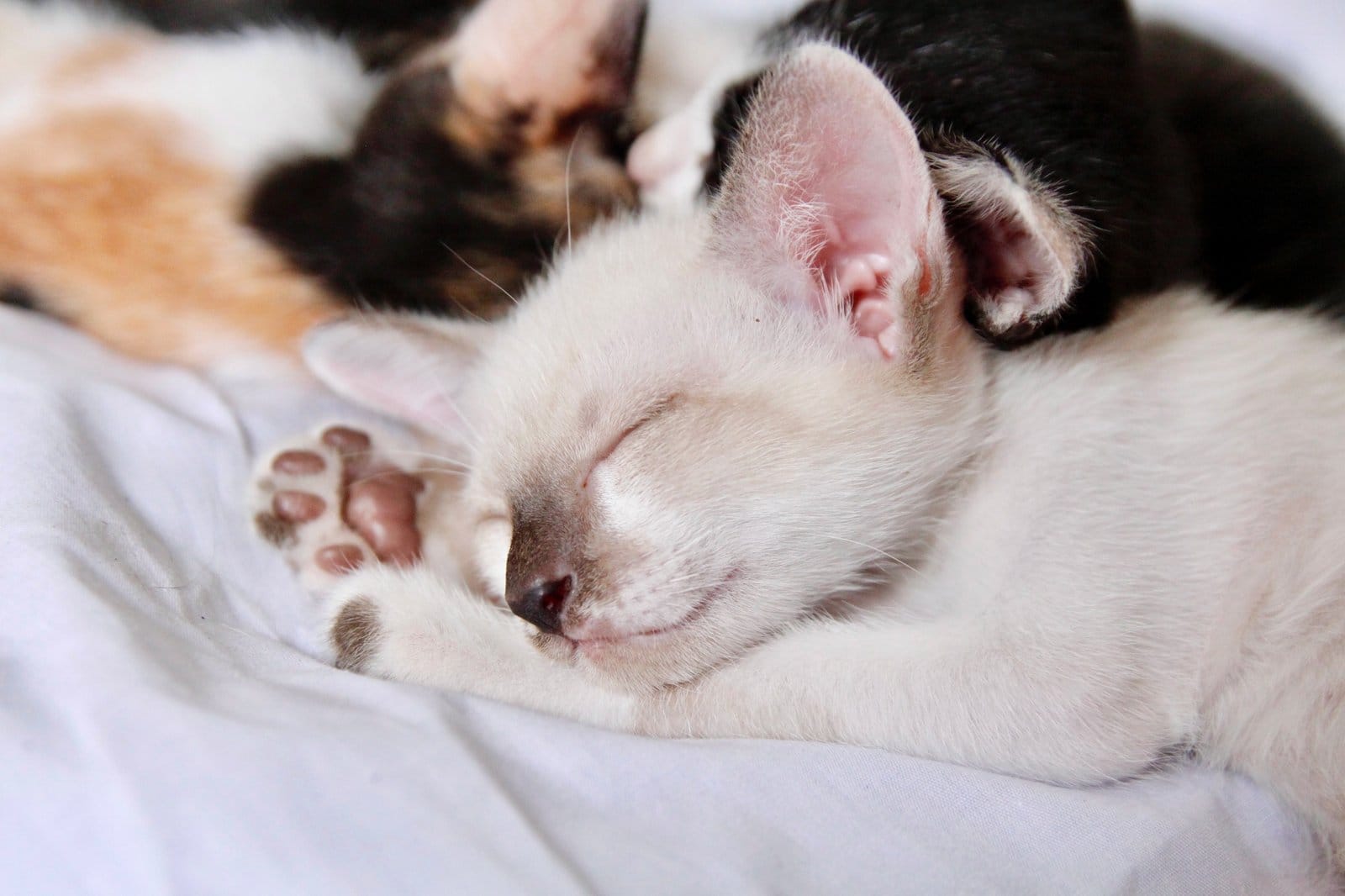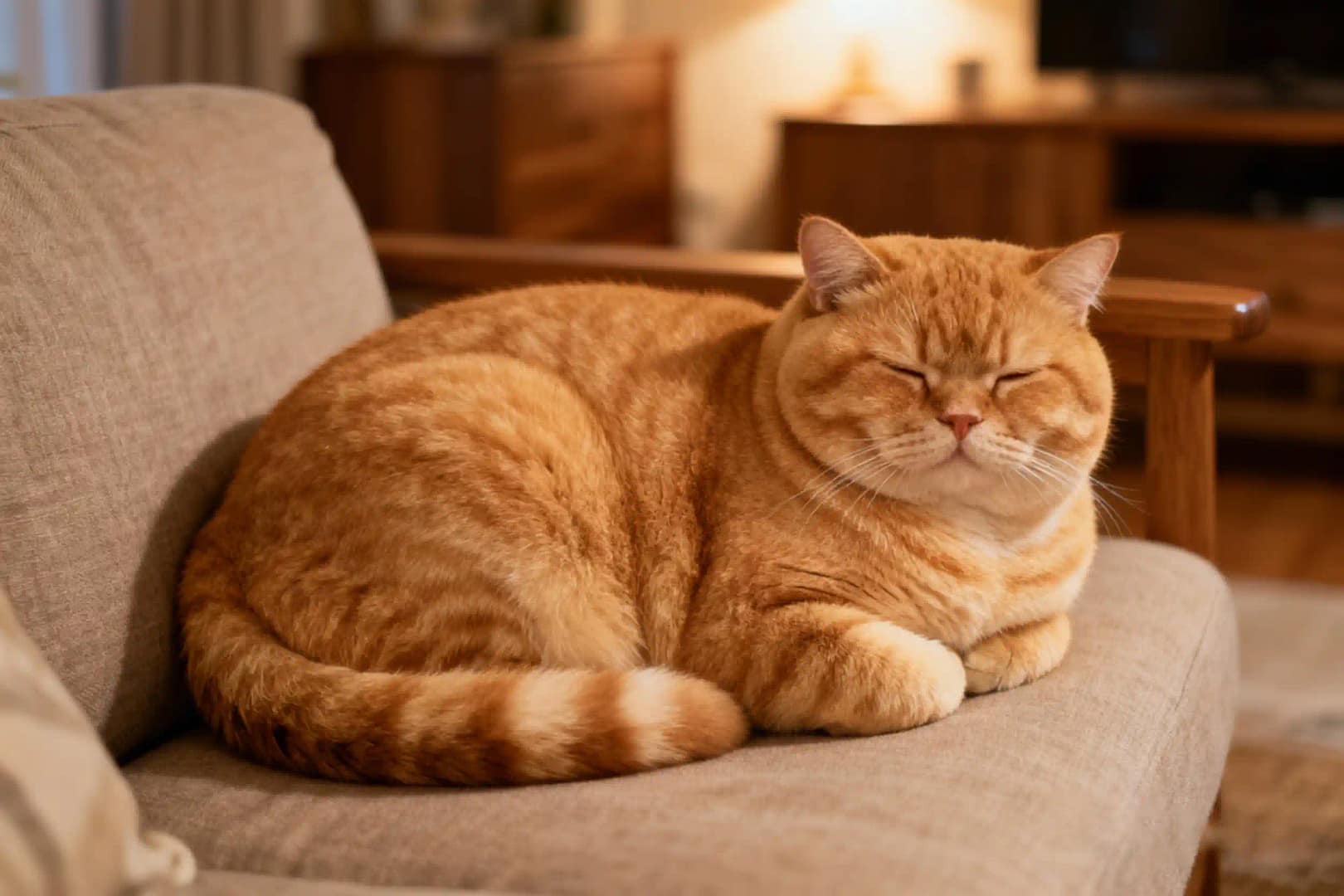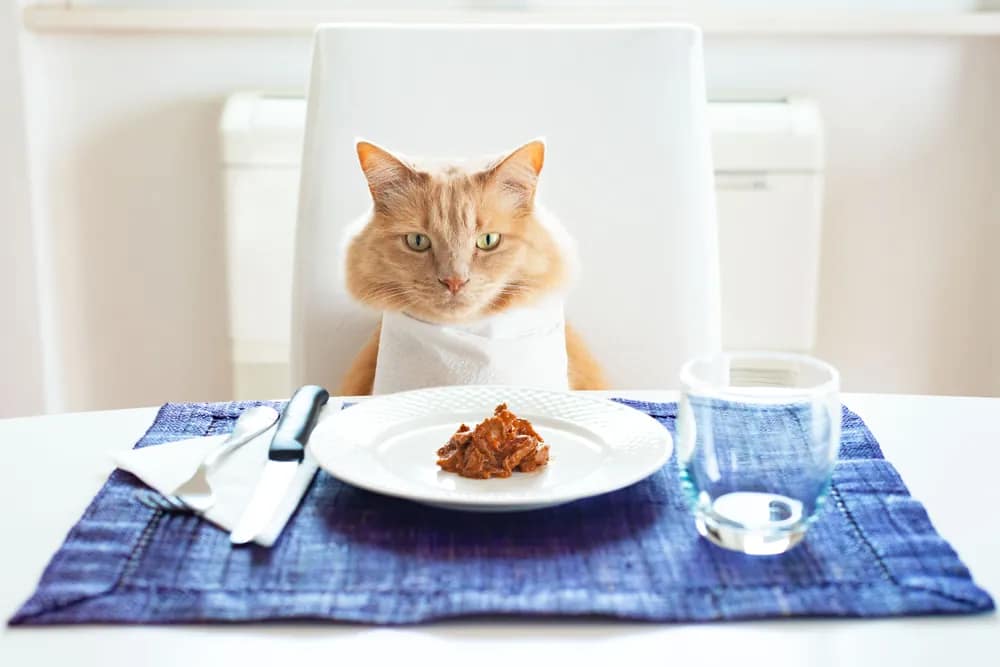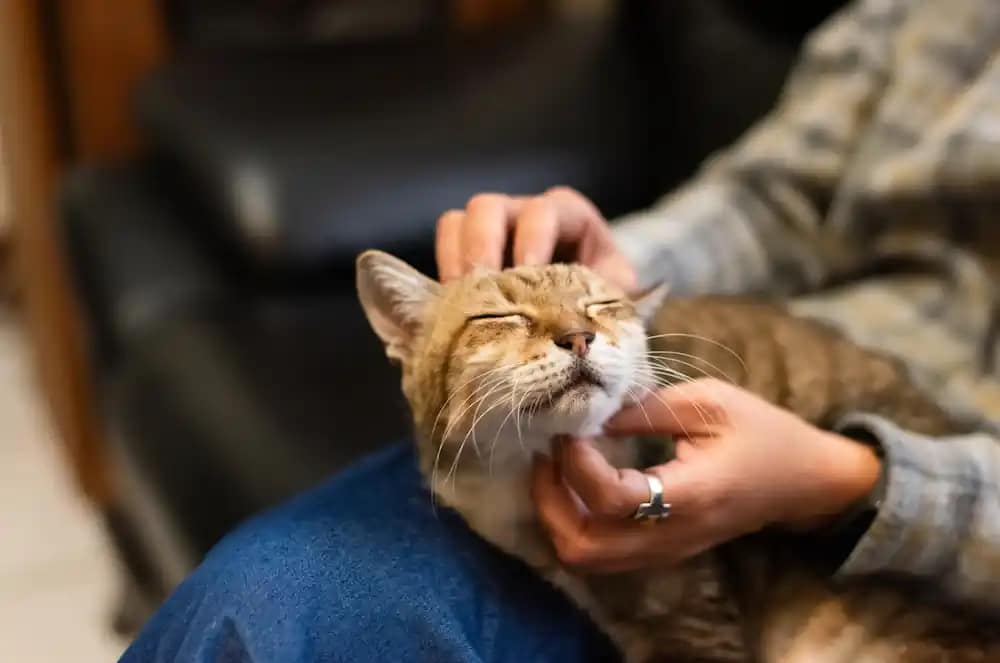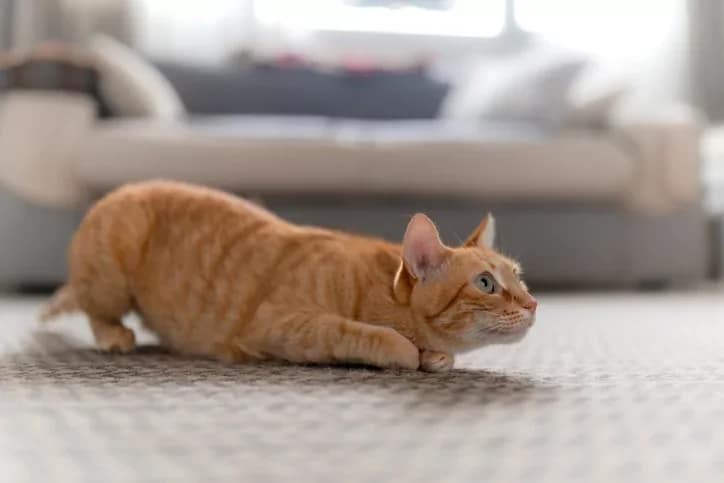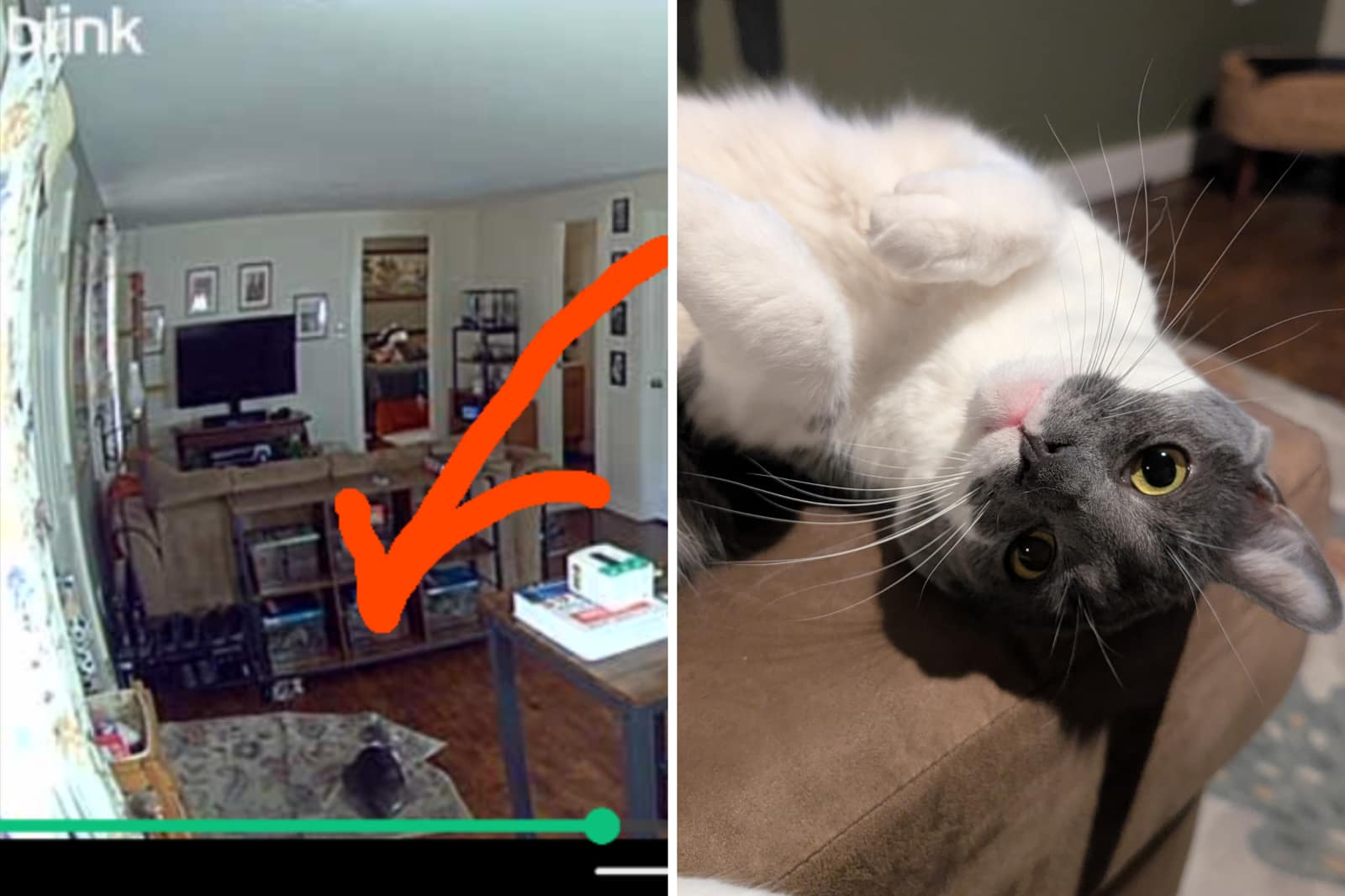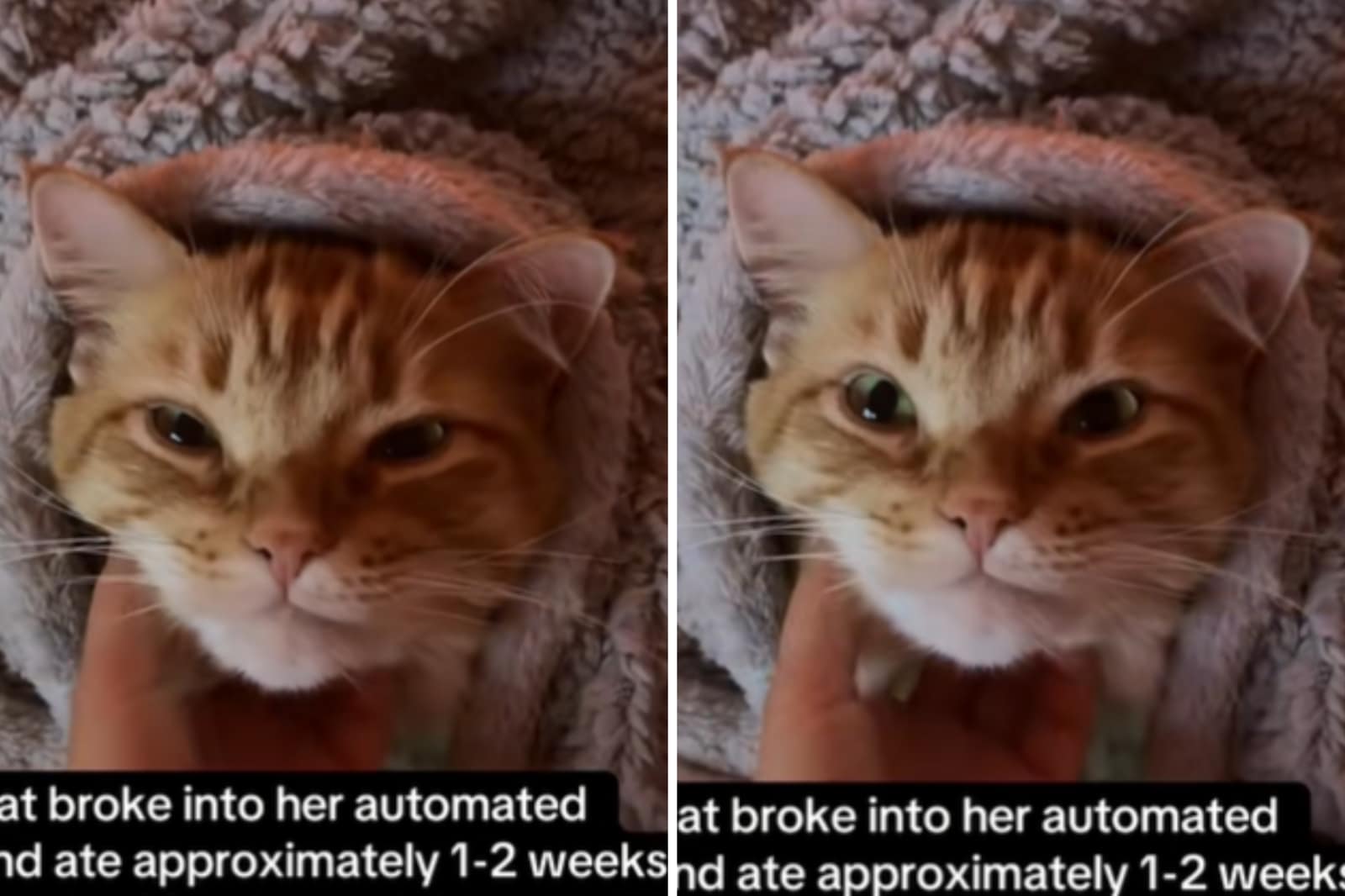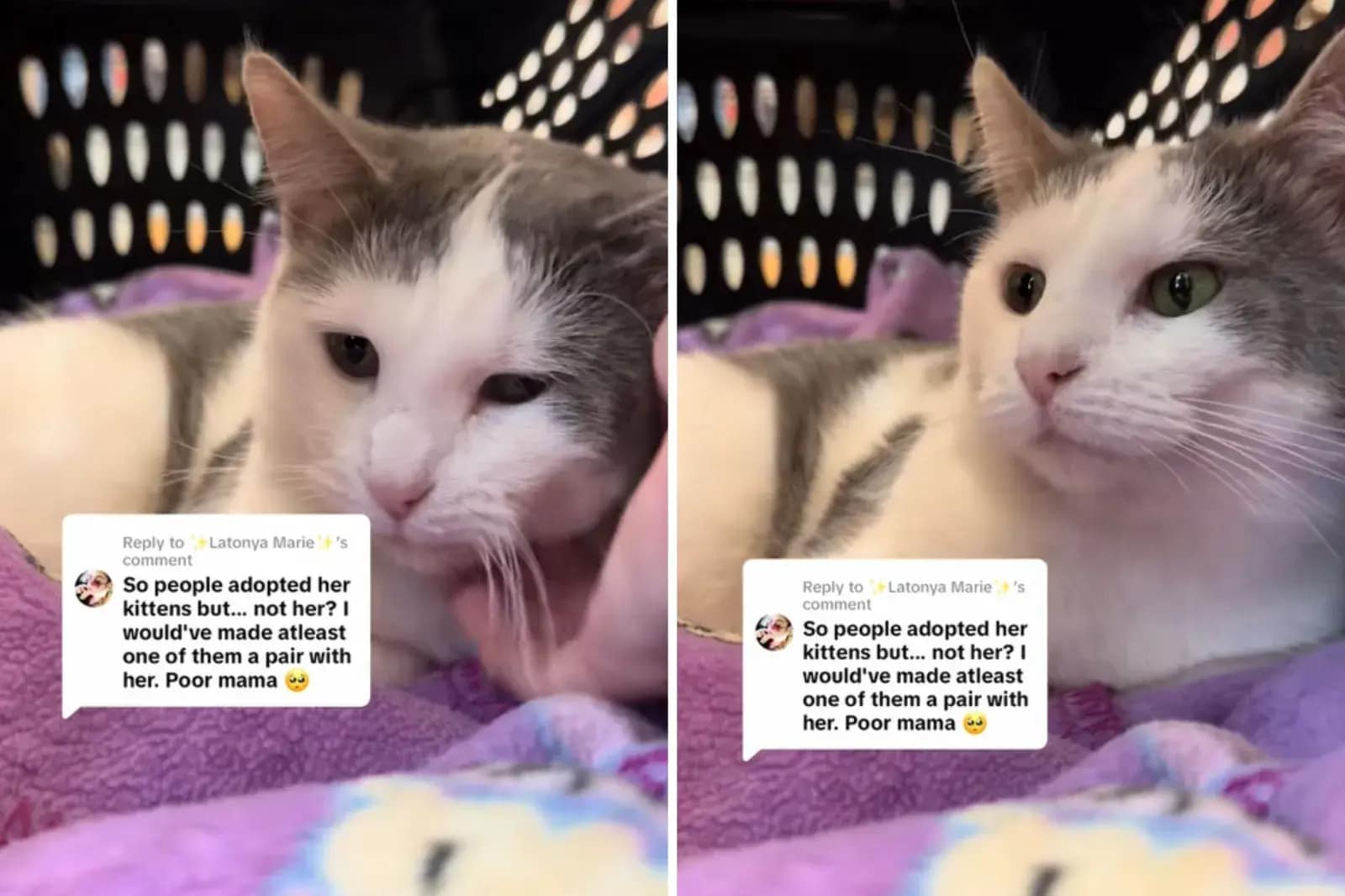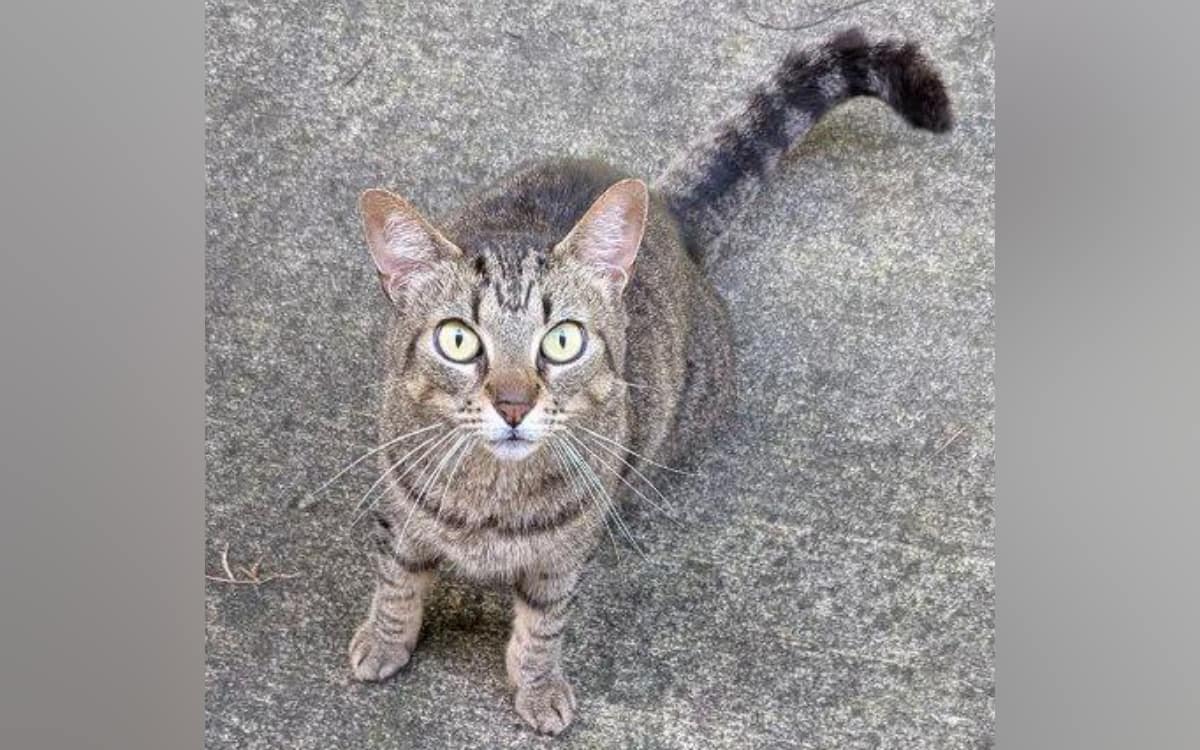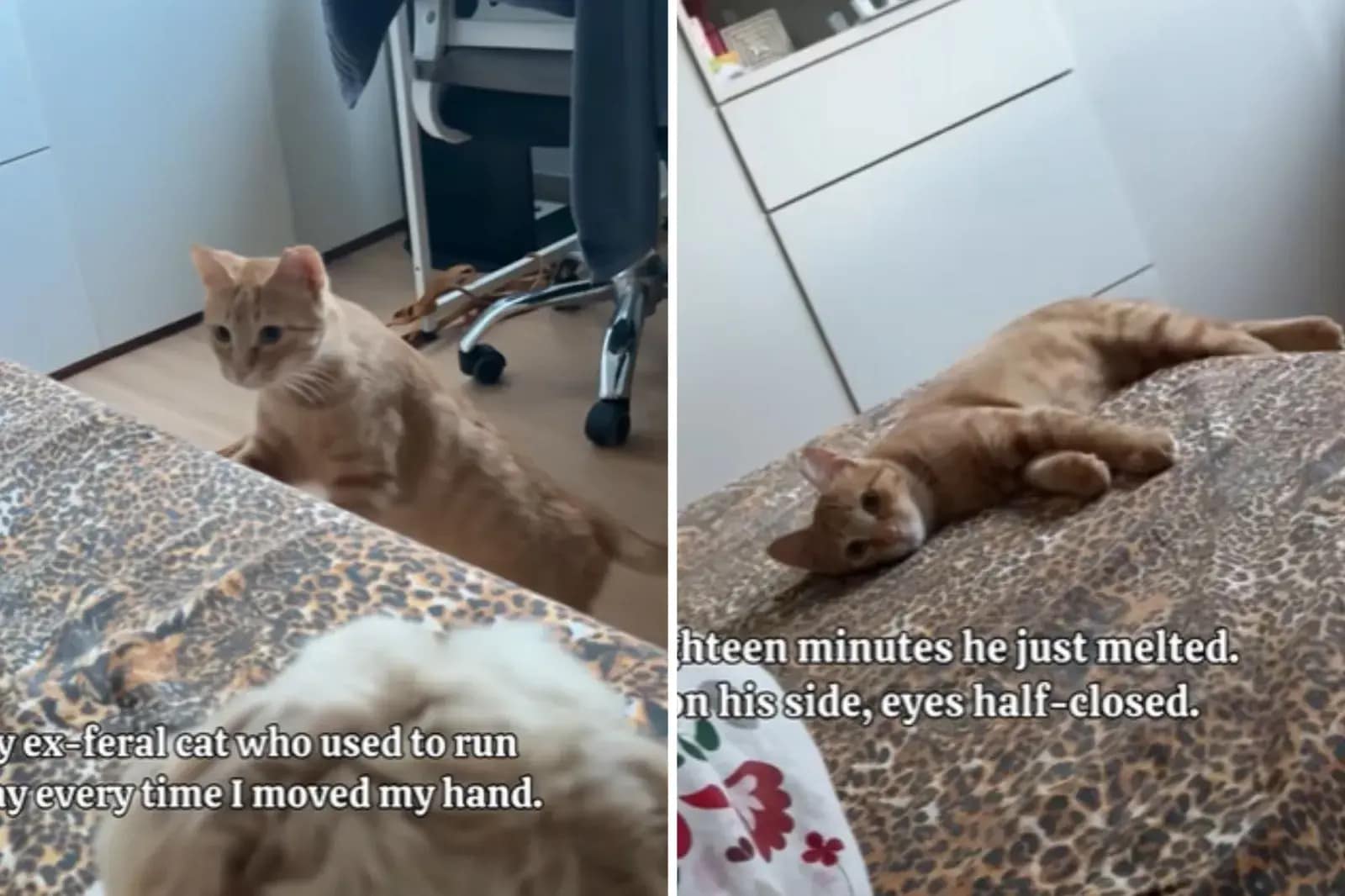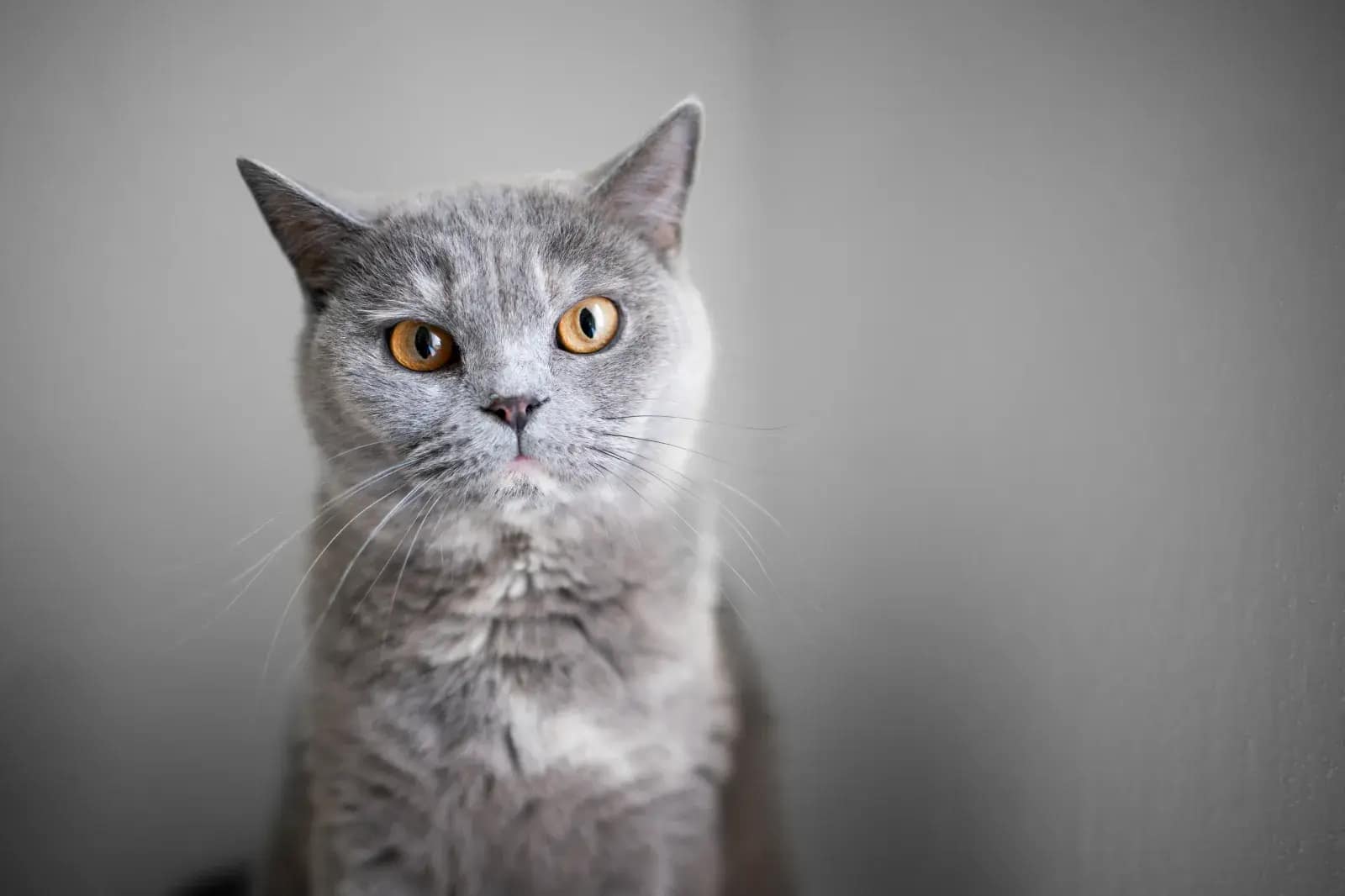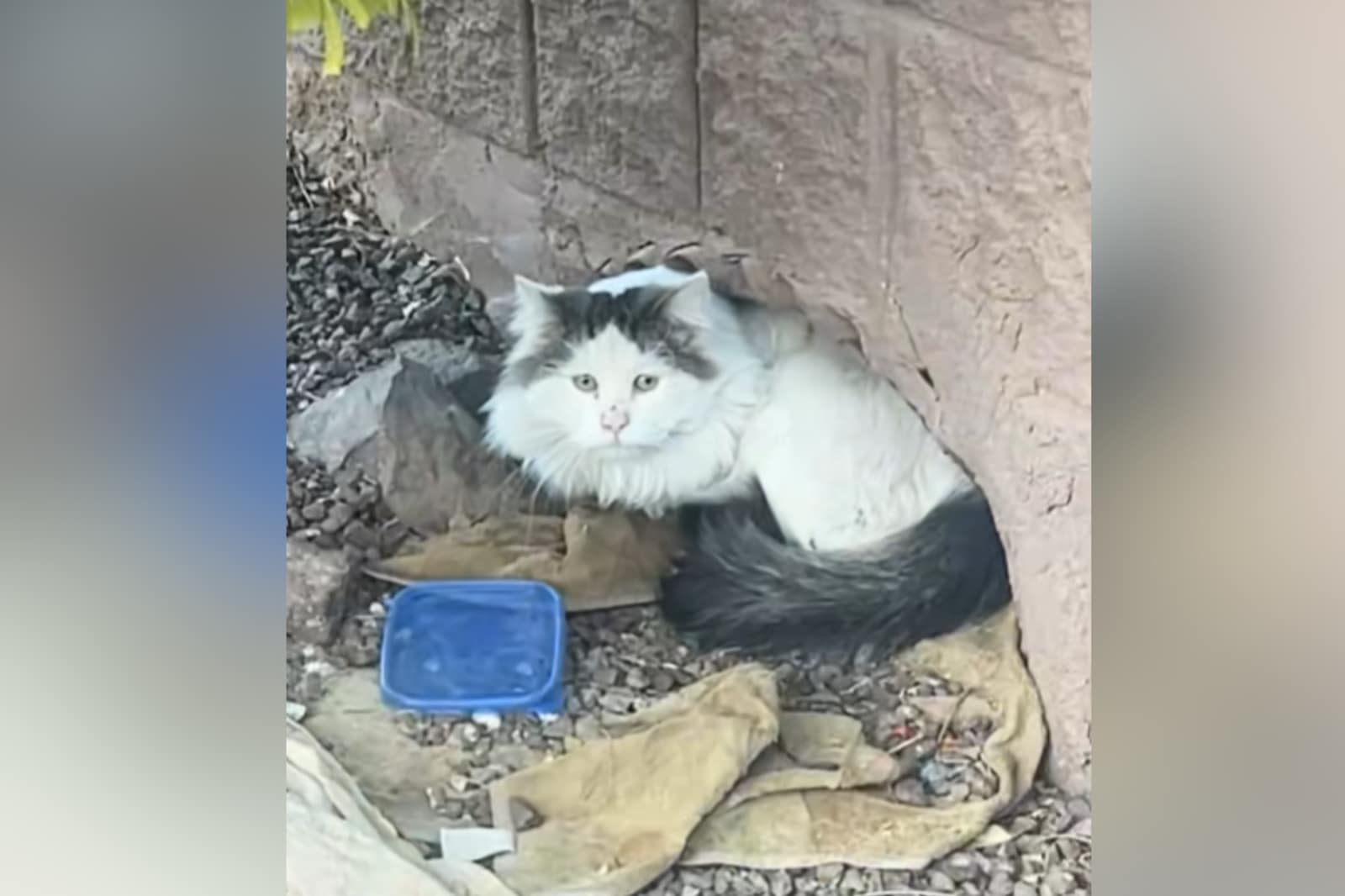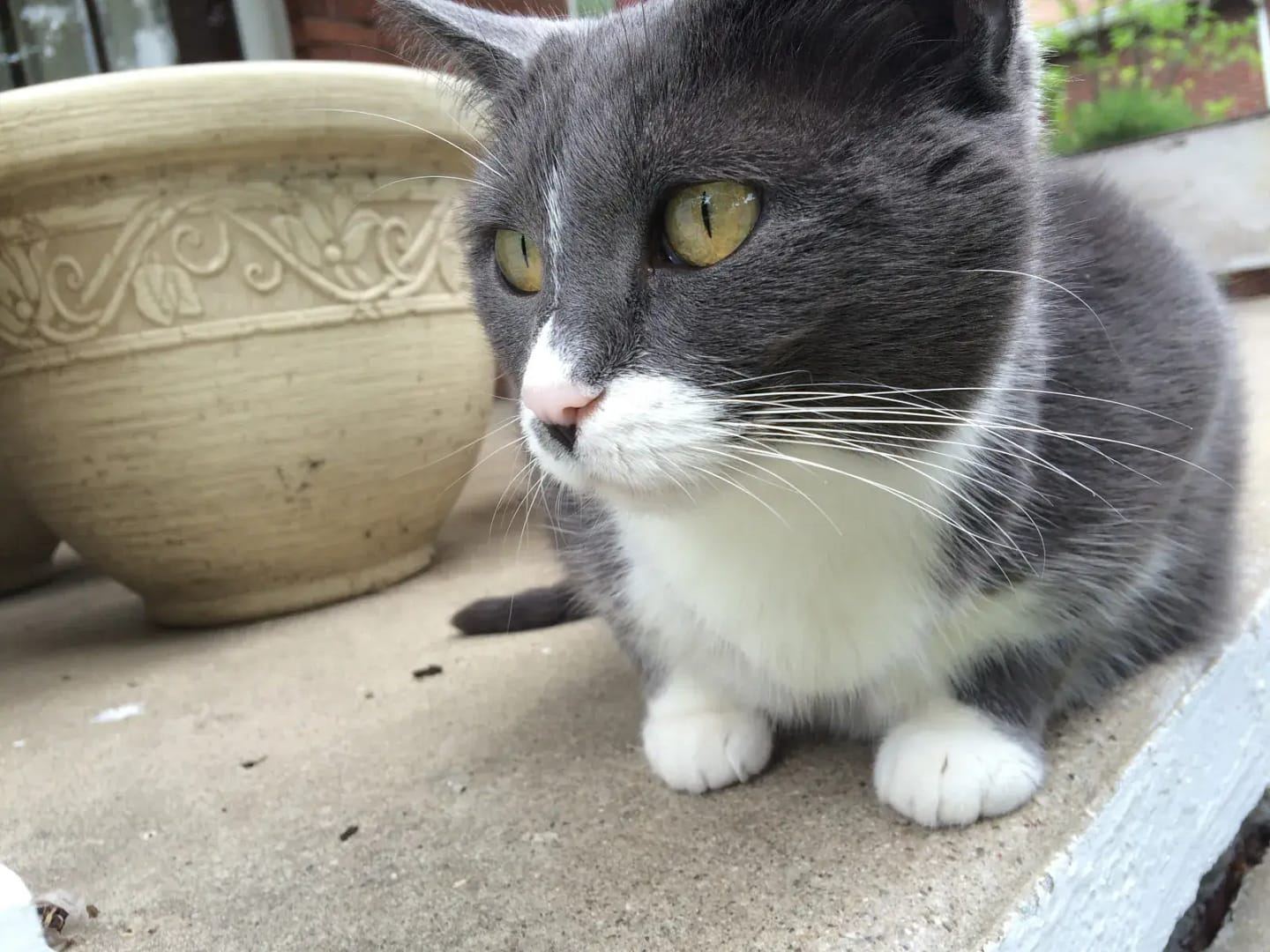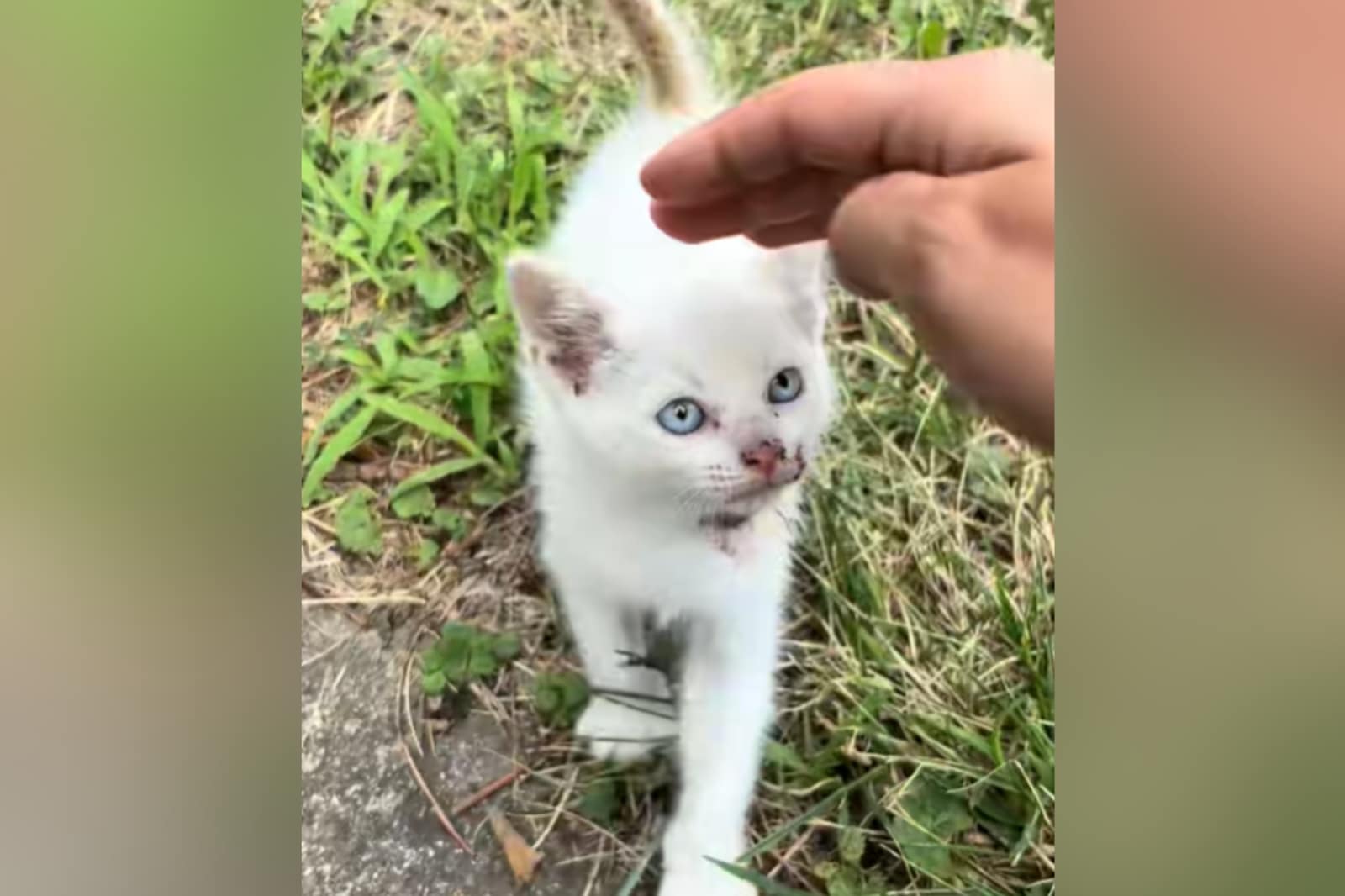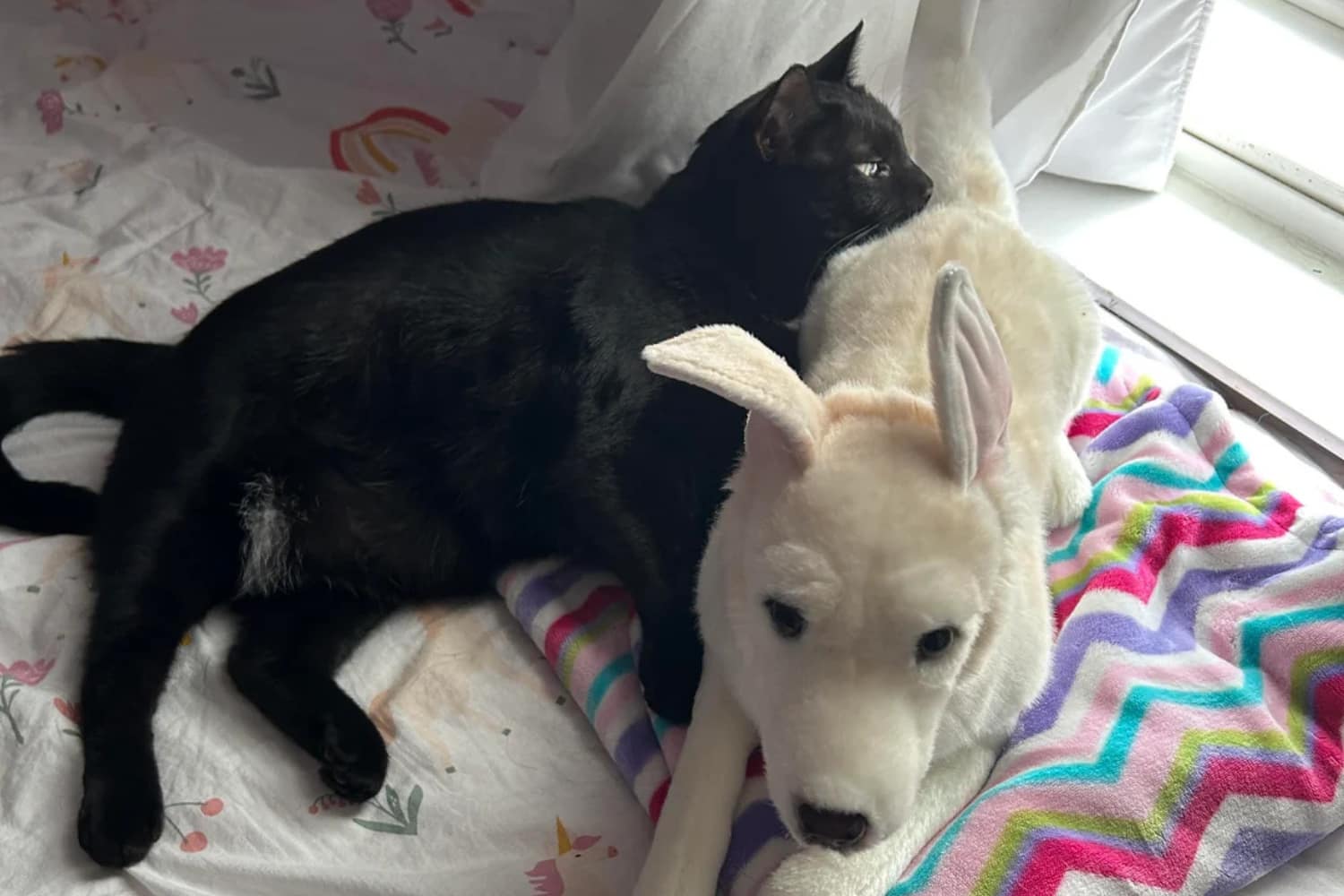Kitten Diarrhea: How to Spot Trouble and Help Your Fur Baby Feel Better
We understand how alarming it can be to discover your kitten has diarrhea. As lifelong cat lovers and caregivers at SnuggleSouls, we’ve been in your shoes – cleaning messy litter boxes and worrying if our little fur-baby is okay.
The good news is that kitten diarrhea is usually treatable and often not a cause for panic. Kittens have sensitive tummies (much like human babies), so loose stools can happen frequently, especially with changes in diet or environment.
However, because kittens are so small, they can quickly get dehydrated and even malnourished from diarrhea if it’s severe or prolonged.
In this article, we’ll help you solve the problem – from understanding common causes and home remedies to knowing when a vet visit is urgently needed. Our goal is to share practical, vet-reviewed knowledge in a warm, approachable way so you feel confident caring for your kitten. Let’s get started!
Key Takeaways
Don’t panic, but don’t ignore it: Diarrhea in kittens is common and often easily treatable, but young kittens are at higher risk of dehydration even after a single bout of watery stool. Stay calm and observe your kitten’s condition.
Common causes: The most frequent causes include diet issues (like drinking cow’s milk or abrupt diet changes), parasites (worms or protozoa), infections (bacterial or viral), and stress from environmental changes. Identifying the cause will guide the solution.
When to see a vet: Red flags include blood in the stool, black tarry diarrhea (digested blood), repeated vomiting, fever, lethargy, pain, or diarrhea lasting more than 24–48 hours. Very young kittens (under ~4 months) or kittens that haven’t had all their vaccines should see a vet as soon as diarrhea starts.
At-home care: For mild cases, you can try a bland diet (e.g. boiled chicken or turkey with pumpkin) and ensure plenty of fluids. Electrolyte solution (unflavored Pedialyte® mixed into drinking water) can help keep your kitten hydrated. Probiotic supplements (e.g. FortiFlora® or Bene-Bac®) may aid recovery of healthy gut flora.
Preventive tips: Avoid giving kittens cow’s milk, make any diet changes gradually, keep their environment clean, and stay on schedule with deworming and vaccinations. Reducing stress during transitions (new home, new pets) also helps prevent diarrhea recurrences.
In the sections below, we’ll dig deeper into each of these points with a friendly, step-by-step approach. Feel free to jump to the section that interests you most using the outline, and remember – we’re here to help you and your kitten get through this!
Is Kitten Diarrhea Normal? Should I Be Worried?
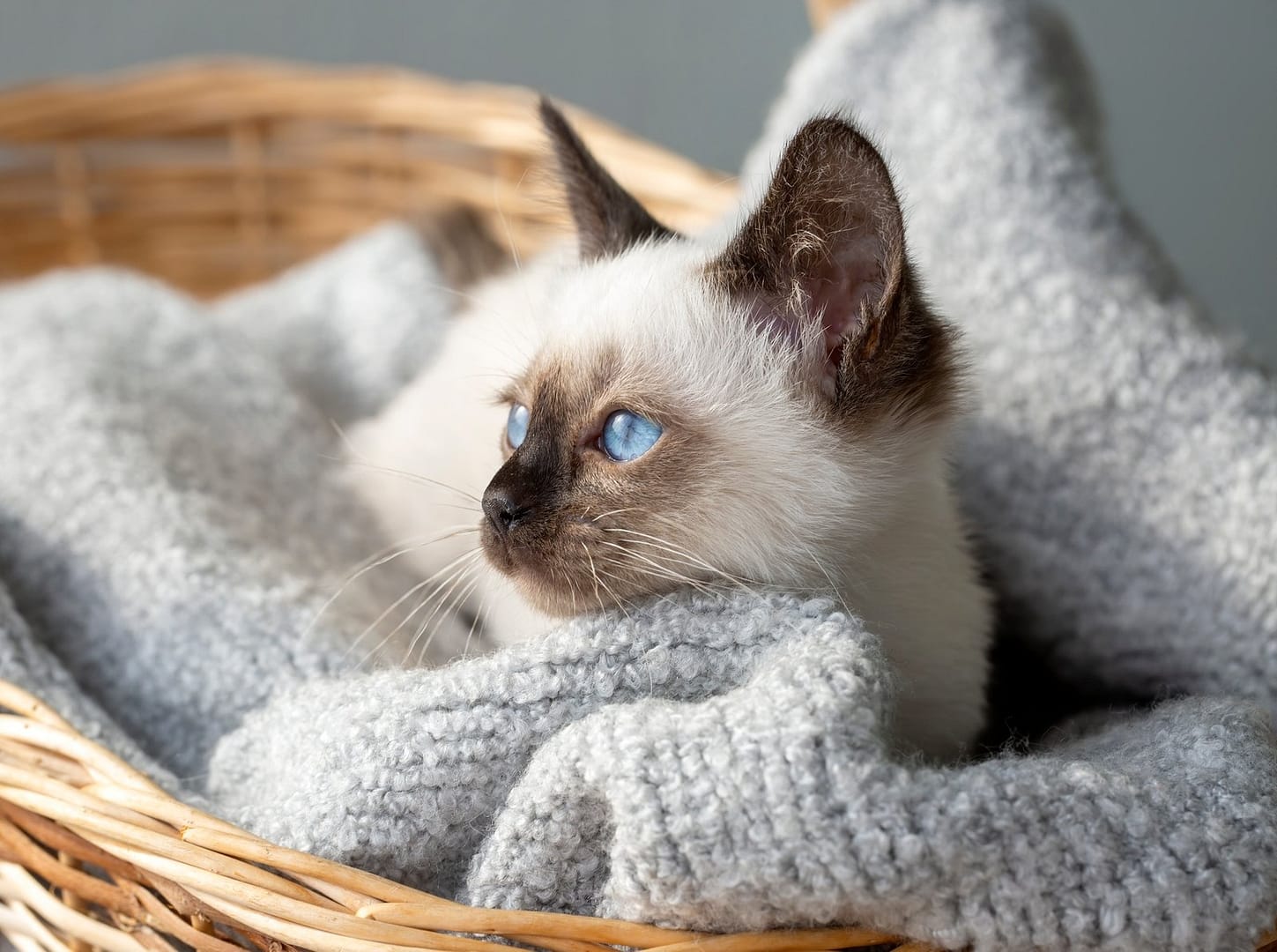
Seeing the litter box suddenly full of loose, watery stool can definitely be worrisome. Some diarrhea in kittens is “normal” in the sense that it happens relatively often, especially during their first year. Kittens have immature digestive systems and are sensitive to changes in diet or routine.
For example, many kittens get an upset tummy when they go to a new home or switch to a new brand of food. In that sense, occasional mild diarrhea can occur and isn’t a catastrophic emergency.
However, kittens are not as resilient as adult cats, so even though diarrhea is common, you do need to monitor it closely. Liquid or very frequent diarrhea is never healthy, and it can become serious if it continues.
Remember: tiny kittens can dehydrate much faster than adult cats. In fact, kittens can become dehydrated from even a single day of diarrhea if it’s severe. Dehydration in a small kitten can spiral into other health issues quickly.
The bottom line: You don’t need to panic at the first sign of diarrhea – in many cases it’s mild and treatable at home – but you shouldn’t ignore it either.
Our approach is to stay calm, check your kitten’s overall behavior, and look for any other symptoms (like energy level, appetite, vomiting, etc.).
In the next sections, we’ll help you figure out why your kitten might have diarrhea and what you can do about it right away.
Common Causes of Kitten Diarrhea

Why does your kitten have diarrhea? Based on our experience (and a lot of veterinary input), the cause usually falls into one of a few broad categories. Let’s go through them one by one:
1. Dietary Reasons (Milk, Food Changes, and “Diet Mistakes”)
Diet-related issues are the #1 cause of diarrhea in young kittens. Kittens have sensitive stomachs and specific nutritional needs. Here are the top dietary triggers:
This article is a good way to help you understand what food your kitten should eat: Choosing the Right Wet Food for Your Cat
Cow’s Milk
It’s a common misconception that kittens need to drink milk. In reality, kittens cannot properly digest lactose in cow’s milk, so giving it often leads to diarrhea very quickly.
(Dr. Erick Mears, a veterinary specialist, notes that cow’s milk is “probably the most common thing that causes diarrhea” in kittens.)
Solution: Stop any cow’s milk! Kittens should nurse from their mother or, if orphaned, drink kitten milk replacer formula only. By about 6 weeks old, they can transition fully to solid kitten food.
Sudden Food Changes
Abruptly switching your kitten’s food (type or brand) can upset their GI tract. A new diet should be introduced gradually over 5–7 days, mixing a little more of the new food each day.
If you adopted a kitten, find out what they were eating before and continue that initially, or transition slowly to your preferred food. Overfeeding (too much rich food at once) can also cause loose stools. It is important to know what is suitable for your cat to eat.
Solution: If you suspect the diarrhea came after a new food or treat, go back to the old diet or switch to a bland diet temporarily (more on this in the Treatment section). Always introduce dietary changes slowly.
Food Allergies or Intolerances
Though less common in very young kittens, some may have sensitivities to certain ingredients. For example, a kitten could be intolerant to a protein like beef, or to gluten, etc. Overfeeding rich foods or table scraps can also cause digestive upset.
Inedible items like bones, garbage, or non-food objects (string, fabric, bits of toys or litter) that a curious kitten swallows can irritate the intestines or even cause blockages.
Solution: If an allergy is suspected, your vet may suggest an elimination diet or a switch to a hypoallergenic kitten food. And of course, kitten-proof your home to keep non-food items out of reach – kittens will chew on anything!
Improper Weaning
Kittens ideally stay with mom and nurse until about 8 weeks old while slowly starting solids. If a kitten is weaned too early or too quickly (for instance, a 4-week-old eating lots of kibble), their digestive system might protest with diarrhea.
Solution: In rescue situations, sometimes you may need to go back to formula or gruel feeding if diarrhea hits a very young kitten after trying solid food. Gradually reintroduce solids when their system settles (consult a vet for guidance on weaning practices).
2. Parasites and Worms
Intestinal parasites are extremely common in kittens and a major cause of diarrhea. Kittens can harbor worms even when born in a clean home – for example, roundworm larvae can pass from a mother cat to her kittens through nursing or even before birth.
Parasites irritate the GI tract and steal nutrients, often causing loose stool (sometimes with mucus or blood), poor growth, a potbelly, or vomiting.
Common parasites in kittens include:
Roundworms: The most frequent culprit – they look like spaghetti in stool or vomit. They cause diarrhea, weight loss, and that characteristic “potbellied” appearance in many infected kittens.
Hookworms: These tiny worms can cause black, tarry diarrhea (from internal bleeding), weight loss, and anemia.
Tapeworms: Segments of tapeworm look like little white grains of rice or cucumber seeds in the poop or around the anus. Kittens get tapeworms from swallowing infected fleas. Mild diarrhea or an itchy butt can be signs, though many kittens don’t show severe illness aside from maybe a dull coat or slight weight loss.
Coccidia: A microscopic parasite (not a worm) that often causes watery, foul-smelling diarrhea, sometimes with mucus or a tint of blood. Kittens can pick up coccidia oocysts from contaminated environments; it’s especially common in kittens coming from shelters or catteries.
Giardia: Another protozoan parasite, giardia can give kittens intermittent soft stool or greasy, malodorous diarrhea. It spreads through contaminated water or feces – kittens in group settings are at higher risk.
Tritrichomonas foetus: A protozoal infection mostly seen in crowded conditions (shelters, catteries). It causes chronic semi-formed to cow-pie consistency diarrhea that just won’t quit, often in kittens under 1 year. It mimics giardia symptoms.
What to do
Because parasites are so common, most veterinarians deworm kittens as a routine. A standard recommendation is to deworm kittens starting at 2 weeks of age, and repeat every 2 weeks until ~12 weeks old.
After that, a monthly parasite preventive (often a topical or oral medication that covers worms and fleas) keeps them protected. If your kitten has diarrhea, your vet will likely perform a fecal exam to check for these parasites (some, like giardia or Tritrichomonas, may require special tests).
Keep the litter box very clean and disinfected, to prevent reinfestation by any parasite eggs in the environment.
3. Infections (Bacterial & Viral)
Kittens, with their naive immune systems, can pick up infections that lead to diarrhea. Here are the main ones to be aware of:
Bacterial Infections
Kittens can contract harmful bacteria from contaminated food, water, or environments (especially if they came from unsanitary conditions). Examples include Salmonella, E. coli, Campylobacter, and Clostridium perfringens.
These bugs attack the gut and often cause smelly diarrhea (sometimes with mucus or blood), and often vomiting, fever, or appetite loss in more severe cases. Clostridial overgrowth, for instance, can happen after antibiotic use or stress and causes bouts of diarrhea with mucus and straining.
What to do: A vet can diagnose bacterial diarrhea via stool tests and cultures. Treatment usually involves antibiotics targeted to the specific bacteria, and supportive care (fluids, bland diet).
Always practice good hygiene – clean the litter box and your hands, as some of these infections (like Salmonella) can spread to humans.
Viral Infections
Several viruses can cause diarrhea in kittens, often alongside other symptoms. The most serious is Feline Panleukopenia (also called feline parvovirus).
It causes severe bloody diarrhea, vomiting, fever, and can be fatal in unvaccinated kittens. (Thankfully, the FVRCP vaccine protects against panleukopenia – one reason kitten vaccines are vital.)
Other viruses like Rotavirus can cause diarrhea (rotavirus is zoonotic, meaning it can spread to humans too with improper hygiene).
Feline leukemia virus (FeLV) or Feline immunodeficiency virus (FIV) can indirectly lead to chronic diarrhea by weakening the immune system. And coronaviruses (distinct from the human COVID virus) can cause mild diarrhea in kittens; in rare cases a certain mutant coronavirus leads to FIP (feline infectious peritonitis), which may show diarrhea among other signs.
What to do: Viral causes can’t be “cured” with meds – instead, supportive care is given (fluids, maybe anti-diarrheal meds, antibiotics to control secondary infections). Some viral diseases are preventable with vaccines (FPV/panleukopenia, FeLV).
If your kitten hasn’t completed their vaccination series and develops diarrhea, see a vet promptly. Kittens with viruses often have other signs like upper respiratory symptoms or extreme lethargy.
4. Stress and Environmental Changes
Stress can literally upset a kitten’s stomach. Just like nervous humans who get an upset stomach, kittens under stressful conditions may develop transient diarrhea. Common stress triggers for kittens include:
· Moving to a new home: Leaving mom and siblings and suddenly being in a strange environment is a big stressor. It’s no surprise many kittens have a few loose stools in their first week home with you.
· New pets or people: Introducing a new kitten to other resident pets (or even a busy household of new humans) can be overwhelming. Territorial stress or just general anxiety may result.
· Loud noises, travel, or routine changes: Construction noise, a long car ride, or anything that breaks their normal routine can cause stress-related GI upset.
Usually, stress diarrhea is short-lived (a day or two) and the kitten otherwise acts relatively normal. You might notice it around the time of an event (e.g., right after you brought them home or after a big change).
What to do: Give your kitten time and a calm environment to adjust. Provide a safe, quiet space with their litter, food, and a cozy bed. Feliway (a calming pheromone diffuser) or simply extra cuddles and reassurance can help. Make sure they keep drinking and eating. If diarrhea persists beyond 48 hours or if the kitten seems ill (hiding, not eating), then it’s no longer “just stress” – get the vet involved.
And remember: never punish or scold a kitten for having an accident due to diarrhea. They can’t help it, and scolding will only add more stress (potentially making the diarrhea worse). Keep them clean and comforted instead.
Now that we’ve covered the “why” behind kitten diarrhea, let’s discuss what signs to watch for and how to tell when a simple upset stomach has become something more serious.
Signs and Symptoms to Watch For
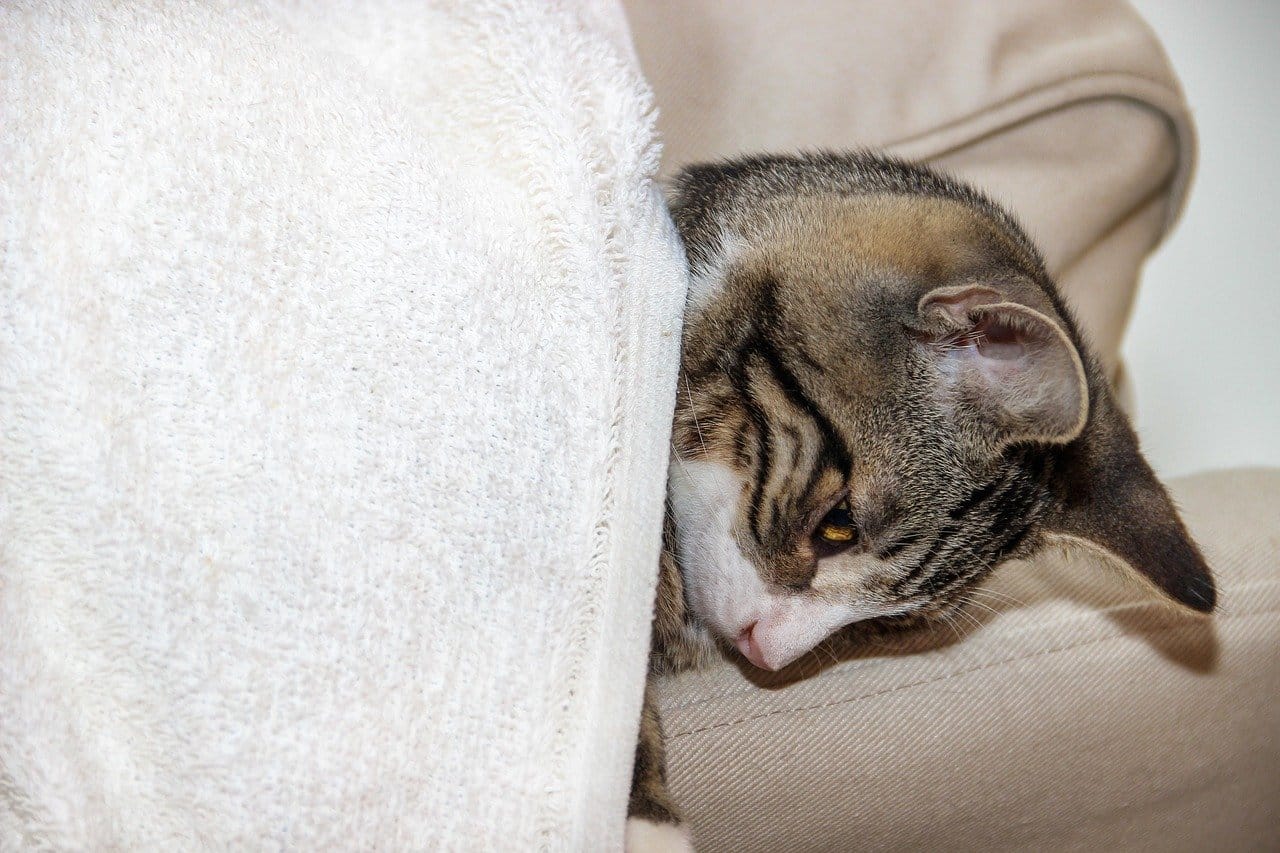
How can you tell if your kitten’s diarrhea is mild or something to worry about? Start by observing both the stool itself and your kitten’s overall behavior.
Diarrhea can vary from slightly soft-formed poop to pure liquid explosions, and symptoms can range from a happy playful kitten with a messy bum to a very sick kitten.
Here are common signs and symptoms associated with kitten diarrhea:
Loose, watery stool
This is the obvious one – frequent puddles or piles of unformed stool. You might also see your kitten straining to poop (even though it’s liquid) or making multiple trips to the litter box. If you have an indoor kitten, diarrhea is easy to spot when scooping the litter. For outdoor kittens, it can be harder to notice – look for soiled fur under the tail or accidents in the house.
Increased urgency and frequency
A kitten with diarrhea may not be able to “hold it.” They might suddenly go outside the litter box because it came on quickly. You might find little poop spots or tracks if they didn’t make it in time. Also, more frequent defecation than normal is a clue (healthy kittens usually poop 1–3 times a day; with diarrhea it could be much more).
Fecal staining or irritation
Check your kitten’s rear end. Redness, inflammation, or poop smeared on the fur of the hind legs/tail means they’ve had very soft stool that is irritating their skin. You might need to gently clean their backside with a warm damp cloth and apply a little unscented petroleum jelly or a pet-safe cream if it’s very raw.
Vomiting
Often diarrhea and vomiting go hand-in-hand, especially with dietary indiscretion, parasites, or infections. If your kitten is vomiting as well as having diarrhea, they are losing fluids fast – this combo is more dangerous and merits close attention (and likely a vet visit if it happens multiple times).
Fever
A normal kitten temperature is around 100.5–102.5 °F. If you have a pet thermometer, a temp above ~103 °F is a fever. But without taking the temperature, you might notice your kitten feels warm to the touch, especially on the ears or belly, or is panting (cats don’t pant unless very stressed or overheated). Fever along with diarrhea suggests an infection or inflammation.
Lethargy and malaise
Is your usually bouncy kitten now just lying around, not interested in toys or interaction? Low energy or a sad posture (hunched up, or hiding) is a sign the kitten isn’t feeling well. A playful kitten with mild diarrhea is a lot less worrying than a lethargic kitten with diarrhea.
Loss of appetite
Kittens normally have good appetites to fuel their growth. If your kitten refuses food or only picks at it, that’s a red flag. Diarrhea plus no eating for more than 24 hours can lead to dangerous low blood sugar in tiny kittens. Also, not eating means they aren’t replacing fluids lost – double whammy for dehydration.
Signs of abdominal pain
Kittens in pain might cry or meow repeatedly, hunch up, or become aggressive if you touch their belly. You might notice their abdomen looks bloated or tense. Pain plus diarrhea could hint at serious issues like an obstruction or severe infection.
ehydration signs
Dehydration is your biggest concern. Early signs include the kitten’s gums feeling tacky or dry instead of slippery, and the kitten’s eyes might look a bit sunken.
You can perform a gentle “skin tent test”: lightly pinch the skin between the kitten’s shoulder blades and then release – in a well-hydrated kitten it should snap back into place quickly.
If the skin stays tented or goes back slowly, that’s a sign of dehydration. Also, a dehydrated kitten may be very weak, wobbly, or have a fast heart rate. Even mild diarrhea can dehydrate a kitten quickly, so keep an eye on these signs.
Next up, we’ll discuss how long kitten diarrhea usually lasts and when it’s time to consider it an ongoing problem that needs medical intervention.
How Long Does Kitten Diarrhea Last?
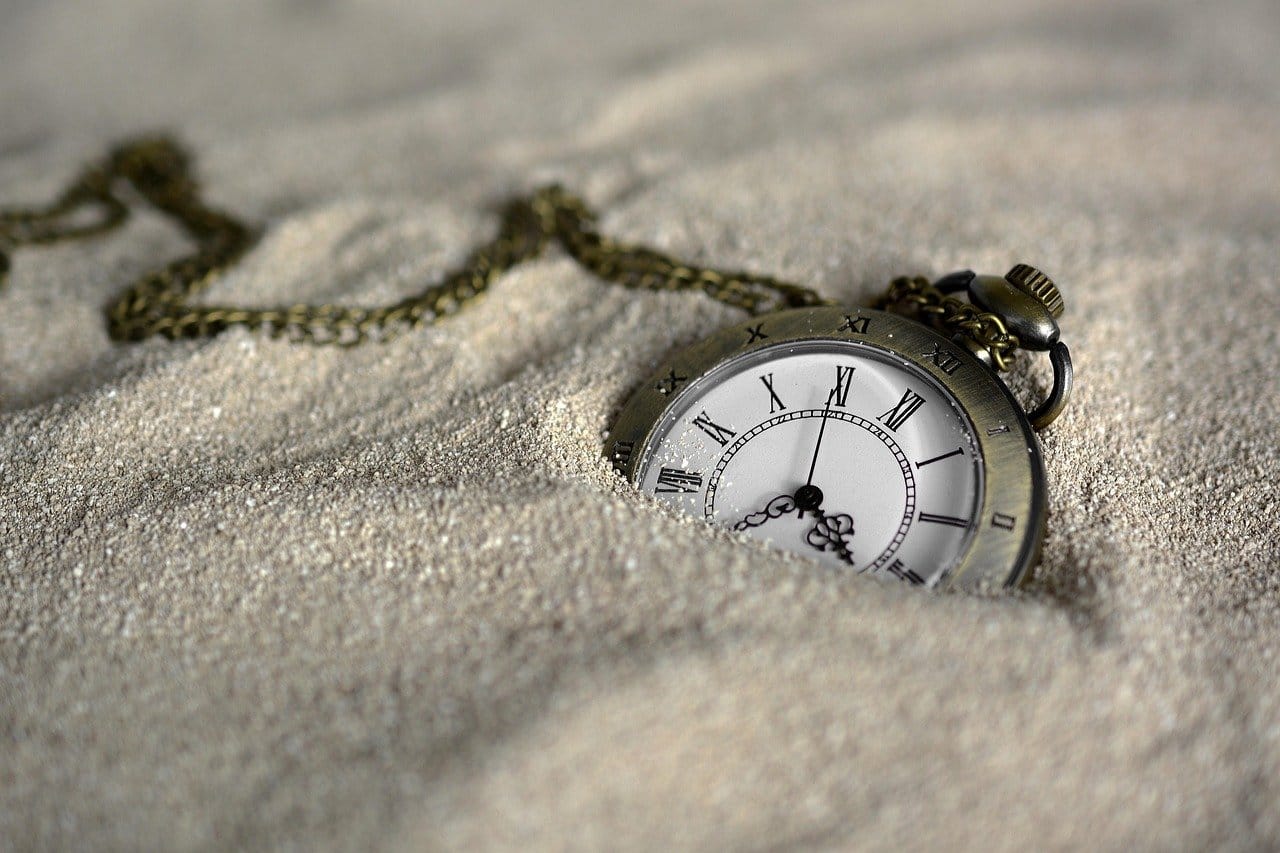
The duration of diarrhea in kittens really depends on the cause. Sometimes it’s over almost as soon as it started; other times it can persist and become chronic. Here are some general guidelines:
Transient, mild diarrhea (24–48 hours)
If the diarrhea is due to a minor cause like a quick diet change or a stressful event, it often resolves within a day or two once the kitten’s system adjusts.
For example, a kitten with mild stress diarrhea after a home move might have one bad day of loose stool and then firm up by the next day.
In these cases, as long as the kitten stays hydrated and lively, it may clear up on its own. Still, keep watching and consider feeding a bland diet to help things along.
Persistent diarrhea (several days)
If the diarrhea is caused by parasites or a more significant infection, it will likely last until the kitten receives proper treatment. This could be multiple days or even a couple of weeks while undergoing treatment.
For instance, untreated giardia or coccidia can cause off-and-on diarrhea for weeks. With treatment, you should see improvement in a few days, but you often have to give medication for 5–7 days or longer and possibly repeat a course.
Chronic issues like Tritrichomonas foetus infection might cause soft stool for months if not addressed.
Chronic or recurring diarrhea
Diarrhea that keeps coming back every few weeks or is continuously soft for months points to a deeper issue (chronic parasites, IBD, etc.). In these cases, you might notice it flares up, then improves, then returns off and on.
This definitely requires a vet’s help for diagnosis. Chronic diarrhea can stunt a kitten’s growth and overall health if not resolved.
Post-treatment recovery
After starting appropriate treatment (diet change, deworming, antibiotics, etc.), most diarrhea should improve significantly within 2–3 days.
If you’ve been treating at home (with vet guidance) and there’s no improvement in 48–72 hours, check back with the veterinarian. It may mean the kitten needs a different approach or has multiple issues going on.
It’s always better to call your vet or an emergency clinic if you’re uncertain. Veterinarians can advise by phone if something sounds like an emergency.
Many vet offices also have an after-hours line or can connect you to emergency services. When in doubt, we prefer you err on the side of caution – nobody ever regrets a vet visit that turned out benign, but many regret the one they delayed too long.
Next, we’ll get into the part you’ve been waiting for: how to help your kitten feel better. We’ll cover home care for mild diarrhea and what treatments the vet may provide for more serious cases.
At-Home Care and Treatment for Kitten Diarrhea
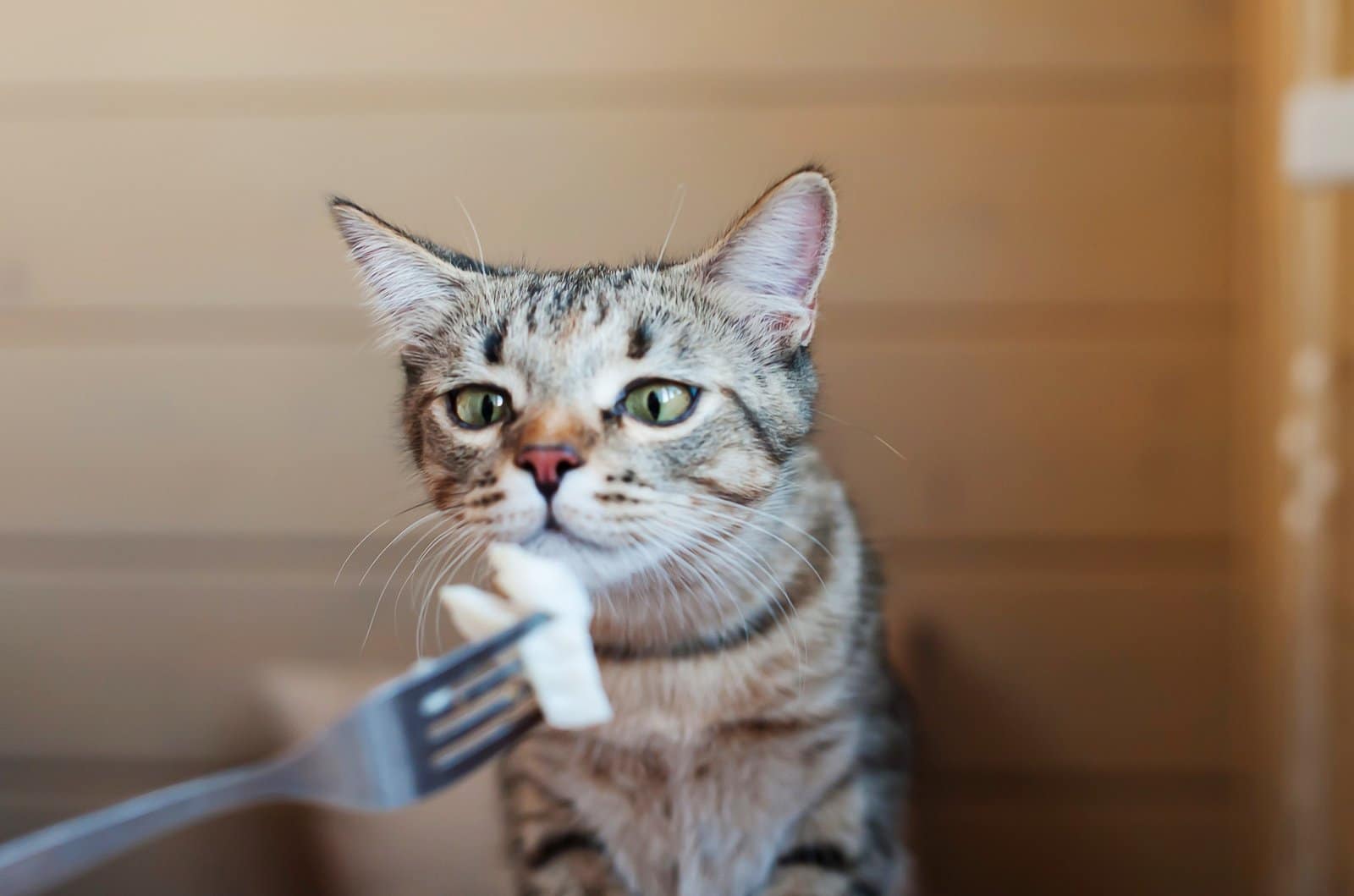
If your kitten is bright, alert, and only mildly ill (just some loose stool without the big warning signs), you can start with some at-home care.
Always use your best judgment and don’t hesitate to get veterinary advice even for home treatment – a quick call to ask if a home remedy is okay won’t hurt. Below are steps and remedies we often use for mild diarrhea cases or while waiting for a vet appointment.
For more information, check out: Chronic Diarrhea in Cats: Effective Remedies
1. Keep Your Kitten Hydrated
Hydration is absolutely critical. Kittens with diarrhea need extra fluids to replace what they’re losing. Ensure clean fresh water is always available. You may need to encourage them to drink by offering water in a shallow dish or even via syringe (gently squirt small amounts into the side of their mouth, not straight down the throat).
One handy trick: mix a bit of electrolyte solution into their drinking water. Unflavored Pedialyte® (an infant electrolyte drink) is safe in small amounts.
For example, start with a mix of 10% Pedialyte in 90% water, and if the kitten accepts that, you can increase to a 50/50 Pedialyte-water mix. The electrolytes (like sodium and potassium) help rehydrate better than water alone.
Make sure to use plain, unsweetened Pedialyte (no grape or flavored versions), and it’s wise to get your vet’s approval for using it.
2. Dietary Changes: Bland Diet and Feeding Tips
Giving the digestive tract a rest and then offering an easy-to-digest diet can help speed recovery from diarrhea:
Brief food withholding (for older kittens)
If your kitten is at least 4–6 months old and otherwise healthy, some vets might advise withholding food for 12 hours to let the gut rest.
However, for very young kittens (under ~4 months), we do NOT recommend fasting, because they can get low blood sugar. Instead, just move to a bland diet immediately without a fasting period.
Bland diet basics
A bland diet is one that’s gentle on the stomach and low in fat. Classic options are boiled lean chicken breast or turkey (no skin, no seasoning, fat drained) mixed with a source of fiber like plain canned pumpkin or cooked sweet potato.
Pumpkin is great because it’s high in soluble fiber, which can firm up stool. Example recipe: Mix equal parts of boiled, shredded white meat turkey and plain pumpkin into a mush.
Offer small portions (like a tablespoon) to your kitten 4–6 times a day rather than big meals. This gives the gut a chance to absorb nutrients slowly.
Kitten-friendly alternatives
If you have it, a prescription gastrointestinal diet for kittens from the vet is excellent (these come in canned form and are very digestible).
Otherwise, the chicken/turkey and pumpkin works well. Some people use baby food (meat purees) in a pinch – that’s okay if it’s pure meat with no additives. Avoid any baby foods with onion or garlic powder.
Gradually reintroduce regular food
After 2–3 days on a bland diet, if diarrhea has resolved, you can slowly mix the kitten’s regular kitten food back in. If diarrhea hasn’t improved in that time, check back with the vet.
Don’t give milk or dairy
We mentioned it before but it bears repeating – during diarrhea episodes (and honestly in general) do not give cow’s milk. It will likely make things worse.
Kittens don’t need milk after weaning, and if you want to offer something like that, give kitten formula or goat’s milk as those are more digestible.
3. Litter Box and Hygiene Cleanup
A practical but important aspect: keep your kitten and their environment clean while they have diarrhea. This helps them feel better and prevents further issues:
Litter box
Use a low-sided litter box for easy access if they’re weak. Scoop immediately when they go, if possible, to keep things sanitary. Clean the litter box daily with mild detergent. Diarrhea can be messy – consider using puppy training pads in or around the litter box to catch overshots or make cleanup easier.
Kitten cleaning
If your kitten has poop on their fur, gently clean them with a warm, damp washcloth. You may need to do a partial butt bath: use a basin with a bit of warm water to rinse off stuck feces. Ensure you dry the kitten thoroughly and keep them warm after.
A tiny dab of unscented baby wipes can help for minor cleanups, but avoid anything with strong chemicals or alcohol on a kitten’s skin.
Preventing rash
Diarrhea can scald the skin. You can apply a pet-safe barrier ointment around the anus (ask your vet, but plain petroleum jelly or a little diaper rash cream with zinc oxide in small quantity can be okay – just make sure the kitten doesn’t lick it off). This protects the skin from further irritation.
4. Probiotics and Supplements
Probiotics are “good bacteria” that can help restore a healthy intestinal flora balance. In kittens with diarrhea, especially after antibiotic treatment or due to stress, a probiotic may shorten the duration of diarrhea. Look for probiotics made for cats. These often come in powder packets that you can sprinkle on food.
Always use probiotics as directed and preferably under vet guidance. They are generally safe, but your vet can recommend a specific product and dose suitable for your kitten’s age and size. We have seen many kittens respond well to a course of probiotics, firming up stool within a few days.
Additionally, kaolin-pectin formulations can help absorb toxins and firm stool. Do NOT give human anti-diarrheal drugs (like Imodium/loperamide or Pepto-Bismol) to kittens without vet instruction – some can be harmful or mask important symptoms.
Pumpkin itself is a supplement/fiber additive we mentioned – it’s a tried-and-true home remedy for both diarrhea and constipation in cats, because it normalizes stool consistency.
5. Warmth and Comfort
Make sure your kitten is comfortable. Keep them warm (but not overheated) because sick kittens can get chilled easily.
Provide a soft bed with maybe a heating pad on low setting or a warm water bottle wrapped in a towel (if the kitten is very young or seems to seek warmth). Monitor the heat source to ensure it’s not too hot – the kitten should always have a cooler spot to move to if needed.
Reduce stress as we talked about: a quiet space, gentle petting, and reassurance can go a long way. Sometimes simply alleviating stress and keeping the kitten cozy helps resolve mild diarrhea.
Preventing Kitten Diarrhea in the Future
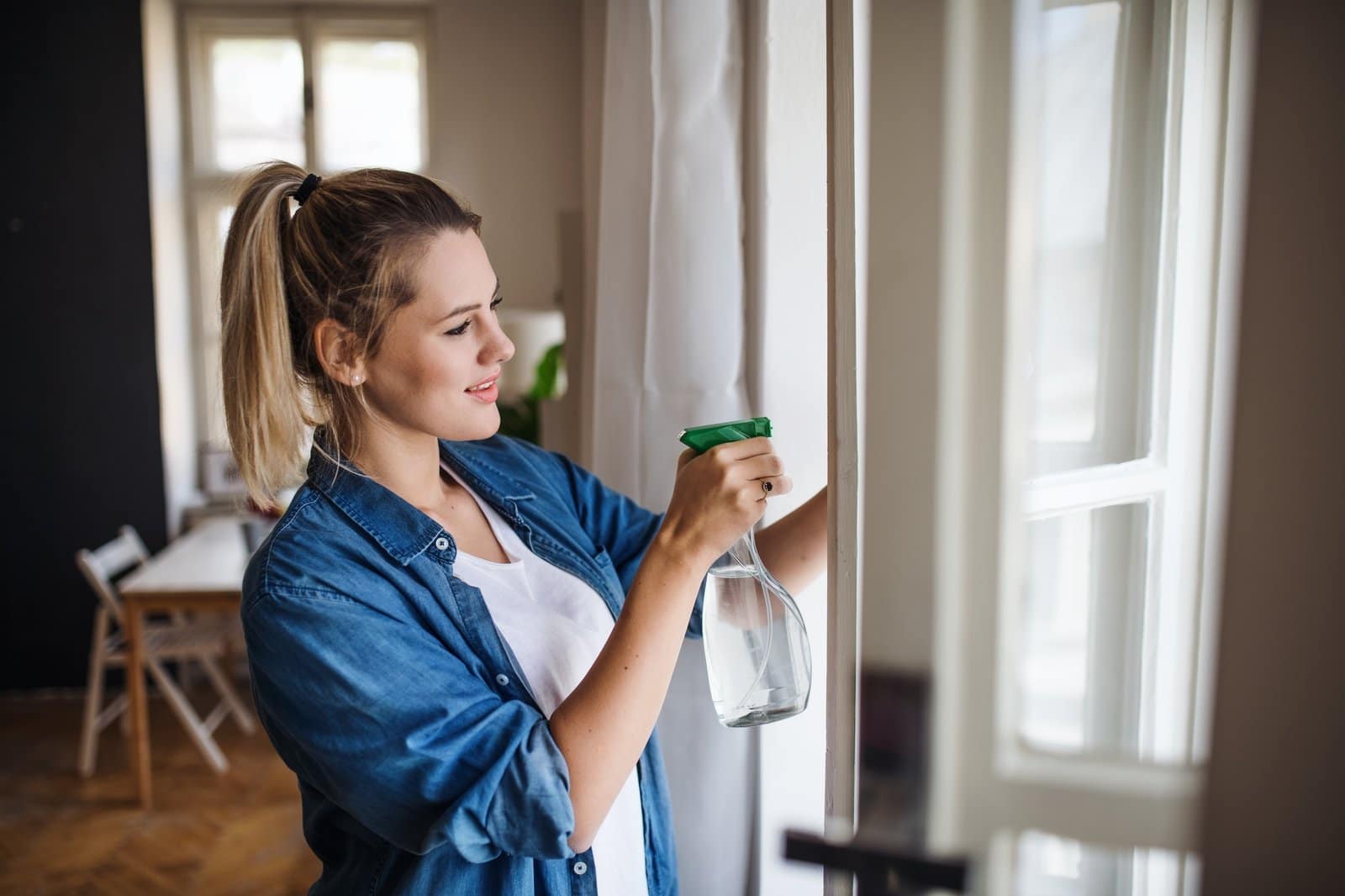
Once you’ve survived a bout of kitten diarrhea, you’ll surely want to avoid going through it again! While some causes are hard to prevent completely, there are many steps you can take to minimize the risk of diarrhea:
Feed a consistent, high-quality diet
Diet changes are a top cause of diarrhea, so avoid frequent switches in food. Choose a reputable kitten-formulated food that agrees with your pet and stick with it. If you must change the diet (for instance, from kitten to adult food later on), do it gradually over at least a week.
Also, don’t overdo treats or rich human foods – kittens have delicate digestion. A quality commercial kitten diet provides all they need nutritionally. If your vet has prescribed a special diet (e.g., for sensitive stomach), adhere to it.
Routine deworming and parasite prevention
We can’t stress this enough – regular deworming is key for kittens. Follow your vet’s recommended schedule (generally every 2 weeks until 3 months old, then monthly preventatives).
Keep your kitten on a monthly flea control, too, because ingesting fleas can lead to tapeworms. Many broad-spectrum kitten preventatives will handle worms, fleas, and even some mites in one go. By preventing parasites, you remove a huge chunk of diarrhea risk.
Vaccinations
Ensure your kitten gets all their core vaccines on schedule (FVRCP series, FeLV if recommended, etc.).
This will protect against panleukopenia and other viruses that can cause diarrhea (and much worse). Vaccinated kittens are far less likely to contract those deadly infections. Also, keep your kitten indoors and away from unknown cats until fully vaccinated to reduce exposure.
Keep things clean
Good hygiene can prevent many infections. Scoop litter boxes daily (more if multiple cats) and clean the litter box thoroughly with disinfectant weekly.
If you have multiple cats, consider one litter box per cat to prevent overcrowding and stress. Wash food and water bowls regularly. If your kitten had a contagious cause like giardia or panleukopenia, follow your vet’s instructions for deep cleaning your home (you may need bleach solutions or specialized cleaners to kill certain pathogens).
Manage stress and changes gradually
We know some changes are unavoidable, but try to introduce changes slowly. When bringing a new kitten home, give them a small area or room to adjust in first – don’t overwhelm them with the whole house and all family members at once.
If you’re adding a second pet, do slow introductions. Maintain a cozy, predictable routine for feeding and play. Happy, stress-free kittens have more robust immune systems and gut function.
You can use calming aids (like pheromone diffusers or calming treats) during known stressful events (travel, moving, introduction of a new pet) to mitigate the stress response that could trigger diarrhea.
Avoid harmful foods and objects
Kitten-proof your house as you would baby-proof for a toddler. Keep toxic items out of reach – like cleaning supplies in a locked cabinet, human medicines stored securely, no access to chocolate or raisins, etc.
Remove small swallowable objects from the floor (tiny toys, strings, elastics). By preventing ingestion of the wrong things, you’ll avoid many emergency diarrhea (and vomiting) scenarios.
Also, no cow’s milk – we said it multiple times, but it’s worth repeating here in prevention: many well-meaning owners give milk as a treat; it almost always ends in diarrhea.
Monitoring
Keep an eye on the litter box as your kitten grows. Regularly observing their poop (glamorous pet ownership task!) means you’ll catch any changes early.
Some pet parents even use smart litter boxes or litter box monitors that track weight and frequency of use – those can alert you to changes in bowel habits.
While fancy gadgets aren’t necessary, the idea is to be aware of what’s normal for your kitten so you can spot when something is off.
By following these preventive measures, you greatly increase your chances of having a healthy, diarrhea-free kitten. Of course, life happens – even in the best conditions, a kitten might pick up a bug. But you’ll know what to do if it occurs, and you’ll have supportive care measures in place.
Conclusion
Kitten diarrhea may be messy, worrisome, and sometimes a little overwhelming—but with the right knowledge and care, most cases are manageable and temporary. Whether your kitten simply had too much turkey or is fighting off a parasite, knowing what signs to watch for and how to respond makes all the difference.
At SnuggleSouls, we’ve cared for hundreds of kittens—rescues, fosters, and our own—and we’ve seen it all: the nervous poop on day one, the post-deworming mess, the stress-poops during vet trips. That’s why we created this guide—not just to inform, but to reassure.
If you’re ever unsure or need more guidance, we’re here for you. Explore our in-depth resources like Chronic Diarrhea in Cats: Effective Remedies, Cat Diarrhea Treatment: For Cat Parents Guide, and Cat Diarrhea: Everything You Need to Know to get clarity on the next steps.
We’re more than just a cat care blog—we’re your partner in raising healthy, happy feline companions. From the first litter box accident to their confident adult strut, SnuggleSouls is here to walk with you, paw in hand.
If this article helped you, share it with a fellow cat parent, and don’t forget to subscribe for more cat care tips straight from our hearts (and litter-tested experience) to yours.
FAQ
Is it normal for kittens to have diarrhea?
Mild and short-term diarrhea can be common in kittens, especially during diet changes or stressful transitions like moving to a new home.
However, persistent, watery, or bloody diarrhea is not normal and may signal a deeper issue that needs veterinary attention. Even one day of diarrhea in a young kitten can lead to dehydration, so it’s always worth monitoring closely.
What causes diarrhea in kittens?
The most common causes include dietary issues (like cow’s milk, sudden food changes, or overeating), intestinal parasites (such as roundworms, coccidia, or giardia), viral or bacterial infections, stress from environmental changes, and sometimes toxins or foreign body ingestion. Identifying the cause is key to finding the right solution.
How long does kitten diarrhea usually last?
If the diarrhea is mild and the kitten is otherwise healthy, it often resolves in 24 to 48 hours. Diarrhea that lasts longer than two days, worsens, or is accompanied by vomiting, lethargy, or loss of appetite requires veterinary care. Chronic or recurring diarrhea over weeks should always be evaluated.
What should I feed a kitten with diarrhea?
A bland, gentle diet helps soothe the digestive system. You can try boiled chicken or turkey mixed with plain canned pumpkin, fed in small, frequent meals.
Avoid dairy products like cow’s milk, and skip rich treats or sudden food switches. Some kittens benefit from probiotic powders made specifically for cats. Always introduce any food changes gradually.
Should I stop feeding milk to my kitten if they have diarrhea?
Yes—stop feeding cow’s milk immediately. Most kittens are lactose intolerant, and milk can easily trigger or worsen diarrhea.
If you’re caring for a kitten under 8 weeks old, use a kitten milk replacer formula instead of cow’s milk. For older kittens, they should be weaned onto solid kitten food and don’t need milk at all.
When should I take my kitten to the vet for diarrhea?
Get veterinary help if your kitten:
1. Has diarrhea that lasts more than 24 hours
2. Shows signs of dehydration, vomiting, or lethargy
3. Is under 4 months old or hasn’t had their vaccinations
4. Has blood in stool, especially if it’s black or tarry
5. Refuses food or water
6. Seems to be in pain or has a swollen abdomen
Even a mild case can turn serious quickly in young kittens—early intervention can save lives.
References
BluePearl Pet Hospital. (n.d.). Kitten Diarrhea: Common Causes, Symptoms and Treatment. Retrieved from BluePearlVet.com medical articles.
Case, J. (2023, Feb 24). Kitten Diarrhea. PetMD.
Koschalk, K. (2023). Kitten Diarrhea 101: Causes, Symptoms, and Treatment. Chewy.com Pet Central.
Purina Pet Care Team. (2025, June 5). Kitten Diarrhea: Causes, Symptoms & Treatment. Purina.com.
Llera, R., Williams, K., & Ward, E. (n.d.). Diarrhea in Cats. VCA Animal Hospitals.
ABCD cats & vets. (2025). Guideline for Giardiasis. Retrieved July 24, 2025, from https://www.abcdcatsvets.org/guideline-for-giardiasis/
Best Friends Veterinary Center. (2025). Clostridial Diarrhea. Retrieved July 24, 2025, from https://bestfriendsvet.com/library/clostridial-diarrhea/
Cornell Feline Health Center. (2024). Feline Infectious Peritonitis (FIP). Cornell University College of Veterinary Medicine. Retrieved July 24, 2025, from https://www.vet.cornell.edu/departments-centers-and-institutes/cornell-feline-health-center/health-information/feline-health-topics/feline-infectious-peritonitis
Cornell Feline Health Center. (2024). Feline Panleukopenia. Cornell University College of Veterinary Medicine. Retrieved July 24, 2025, from https://www.vet.cornell.edu/departments-centers-and-institutes/cornell-feline-health-center/health-information/feline-health-topics/feline-panleukopenia
Davies Veterinary Specialists. (n.d.). Probiotics: Use in cats and dogs fact sheet. Retrieved July 24, 2025, from https://www.vetspecialists.co.uk/fact-sheets-post/probiotics-use-in-cats-and-dogs-fact-sheet/
Golden Paws Animal Hospital. (n.d.). Bland Diet. Retrieved July 24, 2025, from https://goldenpawsvet.com/wp-content/uploads/2024/08/Bland-Diet.pdf
Jenkins, E. J., Gilleard, J. S., & Zahedi, A. (2025). Intestinal Parasites of Dogs and Cats: A Comprehensive Guide. American Veterinary Medical Association. Retrieved July 24, 2025, from https://www.avma.org/resources-tools/pet-owners/pet-care/intestinal-parasites-dogs-and-cats
Koschalk, K. (2025). Dealing with Kitten Diarrhea. Chewy. Retrieved July 24, 2025, from https://www.chewy.com/education/cat/health-and-wellness/dealing-with-kitten-diarrhea
Mears, E. (2019). Kitten Diarrhea: Should You Be Worried? BluePearl Pet Hospital. Retrieved July 24, 2025, from https://bluepearlvet.com/medical-articles-for-pet-owners/kitten-diarrhea/
Small Door Veterinary. (n.d.). Cat Intestinal Worms: Types, Symptoms, & Treatments. Retrieved July 24, 2025, from https://www.smalldoorvet.com/learning-center/medical-library/cat-intestinal-worms
Veterinary Partner – VIN. (2025). Diarrhea and Vomiting: First Aid. Retrieved July 24, 2025, from https://veterinarypartner.vin.com/default.aspx?pid=19239&id=4953496
WagWalking. (2025). Coccidia in Cats. Retrieved July 24, 2025, from https://wagwalking.com/cat/condition/coccidia

